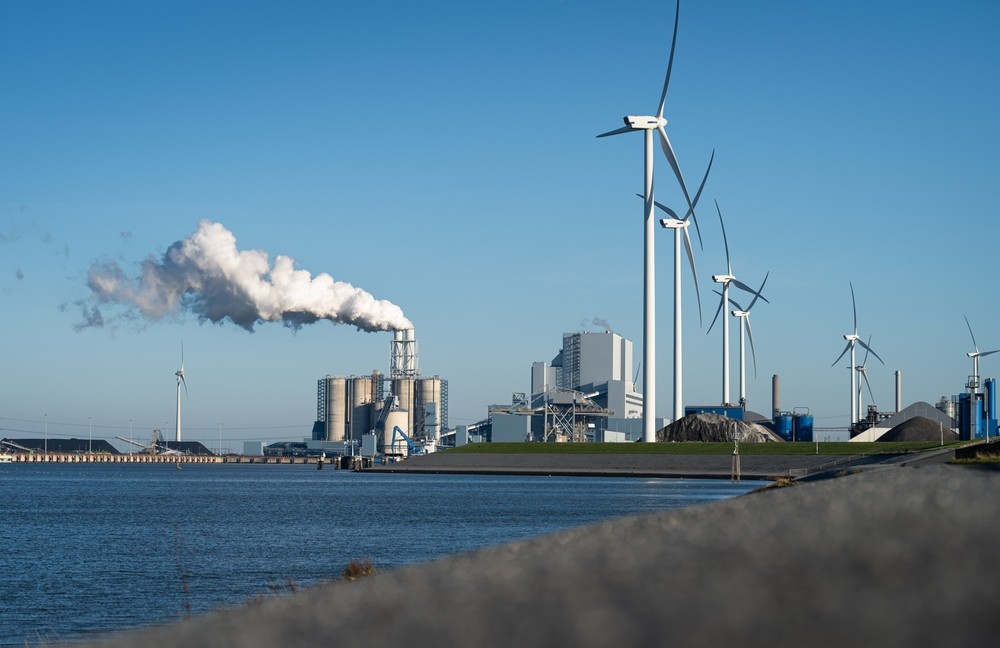“The capital we deploy today shapes the society and economy of tomorrow,” says Paris St-Amour.
What transition finance Does
Unlike green finance, which supports projects already designed to be environmentally friendly, transition finance steps into more complicated territory. It funds the incremental changes needed to adapt existing industries, such as retrofitting factories for energy efficiency, shifting to cleaner energy sources or modernizing supply chains to reduce emissions. These steps are essential to reducing global carbon output while ensuring that industries remain economically viable.
Paris St-Amour offers a real-world example from her work at Cordiant. A foreign manufacturing plant was forced to scale back operations to 50 per cent capacity when power outages disrupted its country’s energy supply. The outages stemmed from declining river levels that reduced hydroelectric power, a direct consequence of climate change.
“Every industry is exposed to some level of climate risk,” Paris St-Amour explains.
These risks, whether physical (like extreme weather) or regulatory (like stricter emissions rules), have significant financial repercussions that businesses cannot ignore.
From risk to opportunity
Transition finance practices don’t only support the mitigation of negative environmental impact; they also open doors to innovation. By funding solutions such as renewable energy projects, green hydrogen production or sustainable agricultural practices, transition finance initiatives enable businesses to position themselves for long-term success in a greener economy.
"Climate finance is about aligning investments with global goals, like the Paris Agreement,” says Paris St-Amour. “It’s not just about returns; it’s about assessing whether investments contribute to the problem or the solution."
She believes that recognizing and addressing climate risks is only part of the equation. Transition finance is also about seizing opportunities.
“It’s not just about avoiding risks but about identifying ways to lead in and benefit from the transition to a low-carbon economy,” she says.
A dual focus of managing immediate threats while fostering long-term growth makes transition finance an essential strategy for companies adapting to a rapidly changing world.
However, progress demands more than surface-level fixes.
Paris St-Amour points to industries like fast fashion, where sustainability claims often mask deeper issues. For instance, reducing the water footprint of clothing may be a step in the right direction, but it doesn’t address the environmental impact of supporting the inherently unsustainable business model of churning out low-quality, expendable garments.
“True progress comes from committing to systemic, impactful solutions,” she notes.
Collaborating for change
The key to effective transition finance lies in collaboration, Paris St-Amour believes. Businesses and their leadership must bridge the gap between stakeholders focused on financial returns and those also driven by environmental values.
“It’s all about learning to speak each other’s language,” she says, explaining that the ability to align financial and environmental priorities is part of what makes transition finance such a powerful development tool.
The stakes are high. Failure to adapt to a low-carbon economy could leave industries struggling under mounting costs and stricter regulations. But with the right investments, businesses can reduce emissions, drive innovation and build resilience against future challenges.
“The investments we make today don’t just solve immediate problems,” says Paris St-Amour. “They create opportunities to transform industries and secure a more sustainable future for everyone.”



 Melissa Paris St-Amour, ESG & impact associate at Cordiant Capital
Melissa Paris St-Amour, ESG & impact associate at Cordiant Capital